Scandinavian Food Break!
We interrupt the broadcasts about photography for a food break. There will be a Part III of the Now, What? series, but only after a discussion about what’s been haunting my dreams of late.
For my birthday I asked to climb a mountain… just me and a guide. I stated out-loud that I was going to climb Grand Teton. Then I made it very public by discussing it here. Grand stands at 13,770 feet and is a technical climb. I’m scheduled to summit over a two day period sometime late August/early September, depending on weather conditions on the mountain. By that time I will have devoted 4 months of my life to this pursuit. I’m a non-athlete. This is a big deal.
While I’ve been eating, actually more than usual to fuel my workouts, all sugar and fried foods have been deleted like a sad regret at the computer. When Beth Whitman at Wanderlust & Lipstick asked me to guest post for her Wanderfood Wednesdays, never wanting to miss writing opportunities, I agreed. True to my penchant for self-torture, I’ve made and posted about the things I’m craving. Like fried potatoes, szechuan green beans, and now Scandinavian Almond Bread.
You can see why. The bread is sweet, fragrant, dense, buttery, and pulled from the refrigerator is as refreshing as a glass of lemonade on a hot, humid Oklahoma day. What’s interesting is I didn’t know it existed until my son fell in love with Joie Sherman, a North Dakota girl of Swedish descent (and soon to be guest cast member on AMC’s Mad Men). The love affair happened even before I accidentally discovered Kansas’ Little Sweden (Lindsborg).
While Joie describes Scandinavian food to be “white and bland”, my experimentation has not confirmed that. White, largely. Bland, sometimes. Delicious, always.
Upon returning from my solo road trip to the Dakotas, I ordered a case of lefse from Freddy’s Lefse in Fargo. Grocery stores here don’t carry such northern delicacies. Our loss.
Scandinavian refers to the food, customs, products, and peoples of the countries of Norway, Sweden, Finland, Iceland and Denmark. It seems the Swedes have the market cornered on recognizable food items, but lots of familiar products are rooted in these countries.
Swedish pancakes. Swedish meatballs. Swedish rye bread. Swedish ostkaka (cheesecake). Lingonberry everything. Swedish pepparkakor (ginger cookies). The Dala horse. Spritz cookies. Glogg. Schnapps. Lutefish. Kuchen. Lefse. Almond cake. Pippi Longstocking!?
Thank you Joie for introducing me to Almond Bread! Since I couldn’t eat the loaf I made for this post, I gave it away to my neighbors. I only have one thing to say about that — Uff Daaaaaaahhhhhh!!!
Scandinavian Almond Bread
1 1/4 cup sugar, 1 egg, 1 1/2 tsp almond extract, 2/3 cup milk, 1 1/4 cup flour, 1/2 tsp baking powder, 1 stick melted better, Blend all with a hand mixer. Bake in a buttered & floured pan at 350 degrees for 50-60 min. or until a toothpick comes out clean. It will be VERY brown on top. Cool completely in pan before attempting extraction. Very refreshing when put covered in refrigerator.
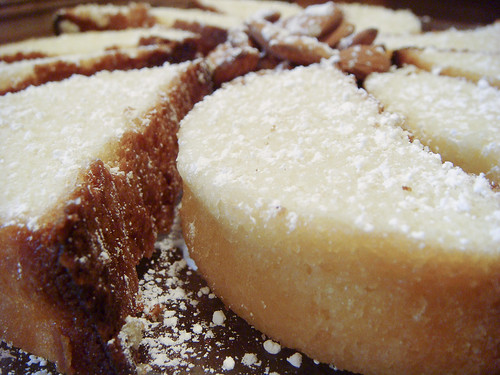
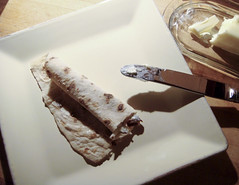
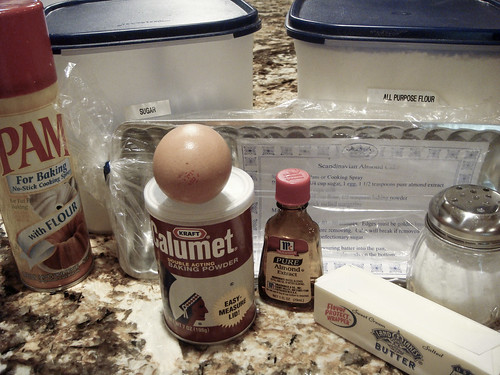


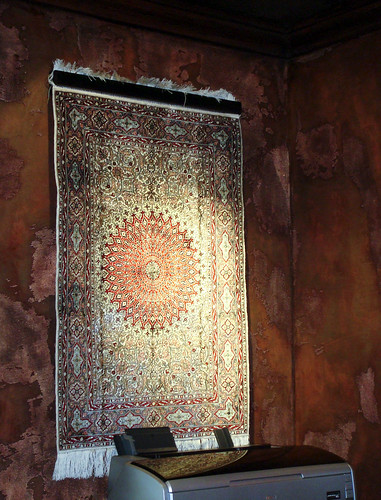



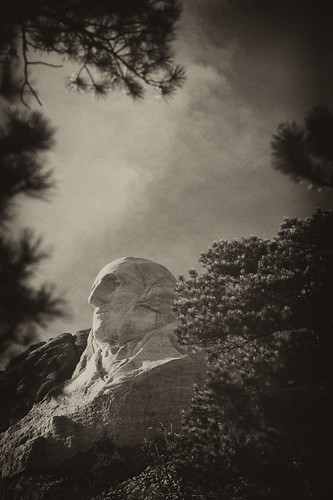
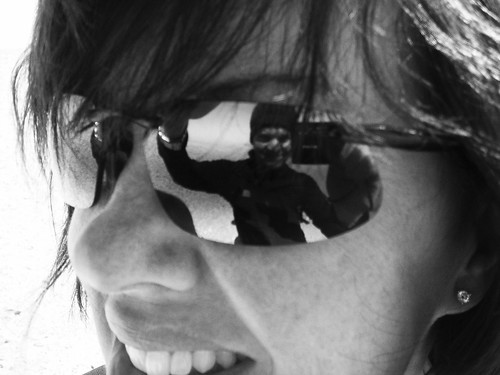
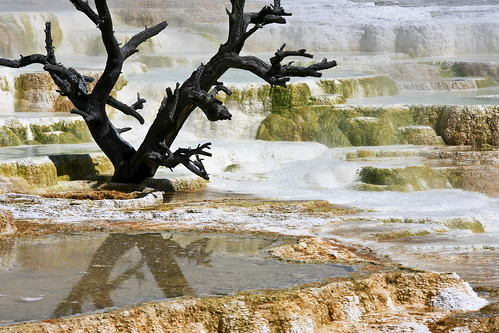
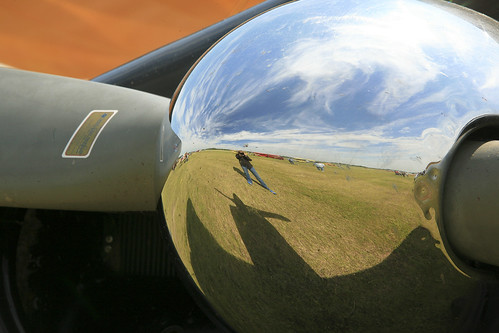
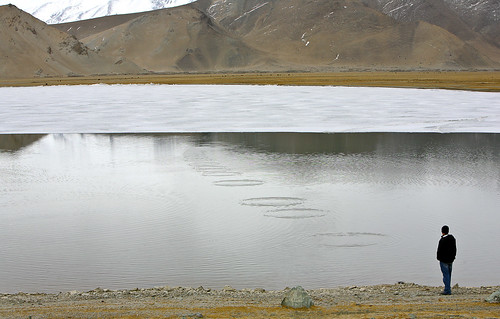
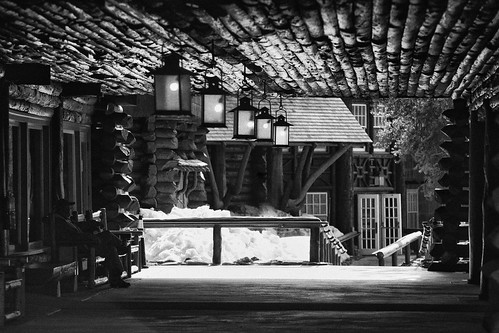
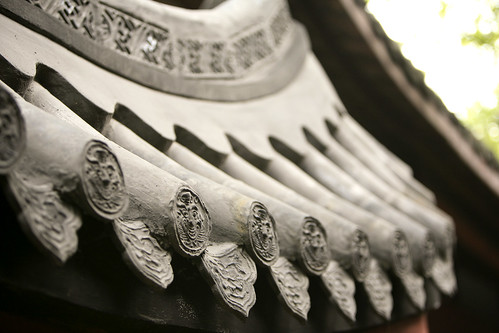
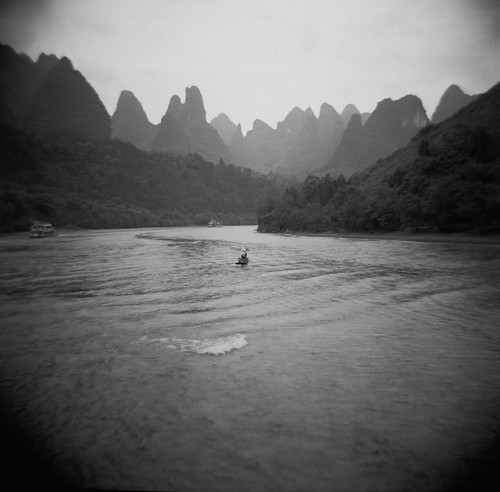
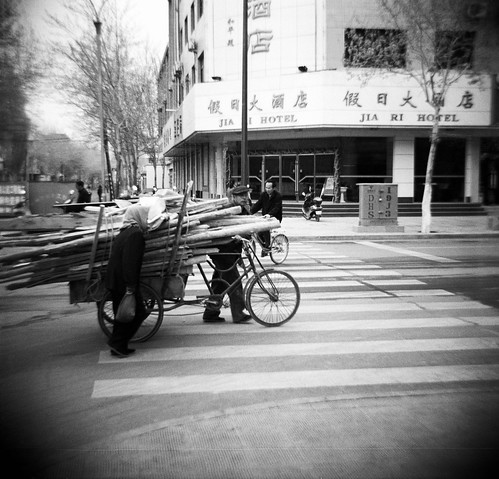



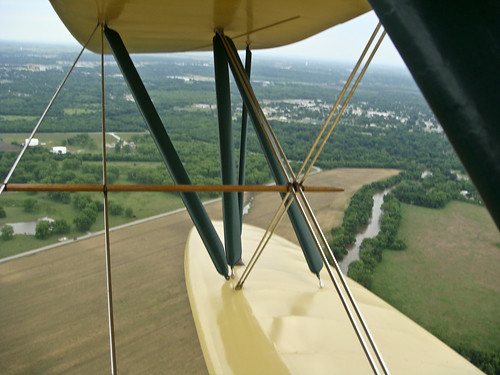
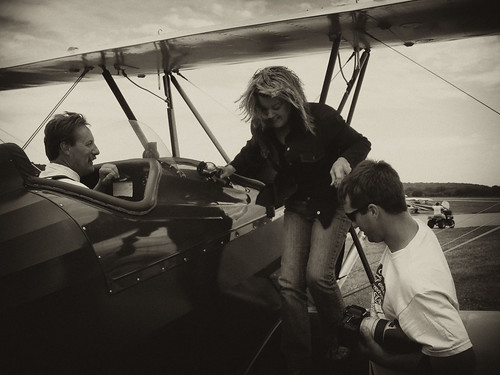
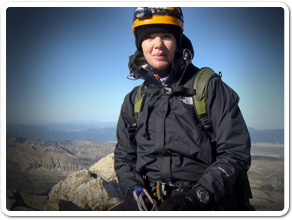
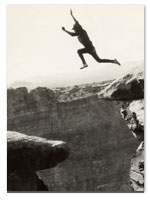 About SRT... I’m a traveler, writer and photographer for whom the open road frequently summons. Adventurous solo road trips are a staple for me, and a curiosity. So I created this website to share them and inspire you to step out and give them a try. Welcome!
About SRT... I’m a traveler, writer and photographer for whom the open road frequently summons. Adventurous solo road trips are a staple for me, and a curiosity. So I created this website to share them and inspire you to step out and give them a try. Welcome! 
